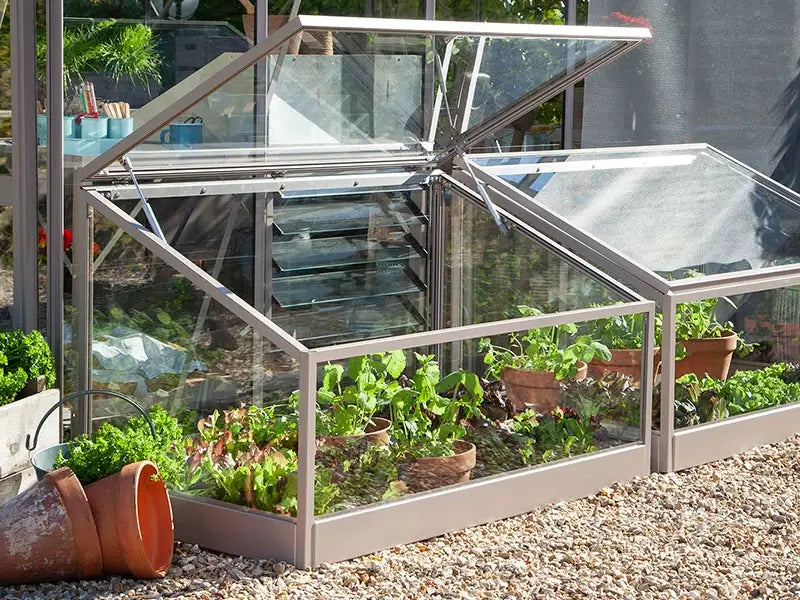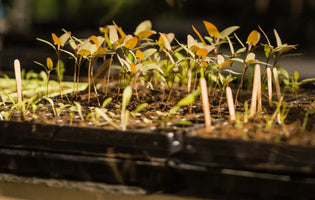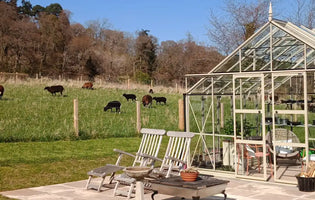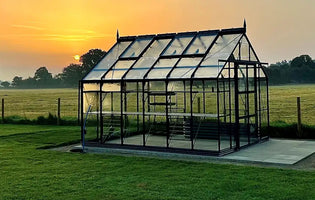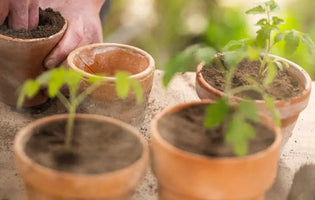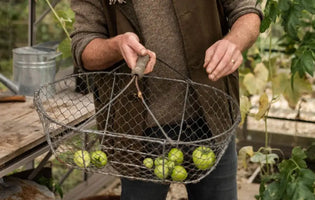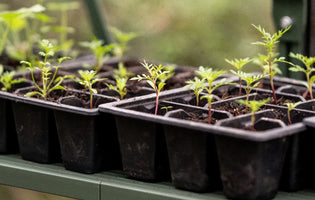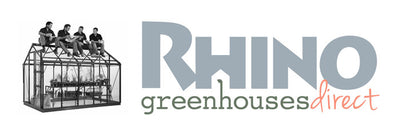Request a Brochure
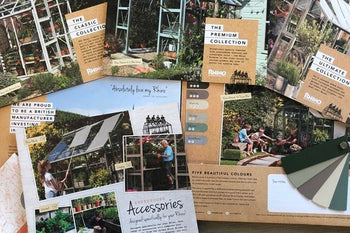
How to use propagators to start your seedlings off and how to move them from propagator to greenhouse to outdoors
Featured Blog from Eli Appleby Donald – find lots more informative advice on her website and YouTube channel.
We have had a few questions in comments and on Twitter recently about our set up in the greenhouse and how we use the propagators so I thought it would an excellent opportunity to talk to you a bit more about the process from start to finish.
The first thing I want to point out is that Kate and I don’t have a heated greenhouse, or use heated propagators. The process of sowing, growing and hardening off, however, is pretty simple and is the same for all of us, heated or not.
Sowing and Growing
We have learned over the past few years that we need to be very aware of the temperatures around us and the weather in our part of the country. We love watching gardening shows on TV and reading about other gardeners and what’s happening with them, but it’s equally important to remember that what works for Monty Don may not be what works for me here in Scotland. We have different weather and temperatures at different times. So I keep a journal where I can record the dates when I sow, what the temperature was etc so that over the years I can learn about what works best for me.
Hence why we don’t start sowing, even in the greenhouse until March when Twitter and Instagram make it look like everyone else is sowing in February.
I did use to sow my seeds in the house and keep them on a sunny window sill to start off. This worked a bit like a heated propagator I suppose and got things going quickly, but I found that the seedlings were usually leggy as they tried desperately to reach for the light coming in the window, so have taken to just waiting a couple of weeks and sowing in the greenhouse when it’s warmer. This way I have stronger seedlings.

Overcoming the Cold
We don’t have a heated greenhouse and we don’t use heated propagators. To be honest, I could imagine that having this option would probably speed things up, but I don’t find it is absolutely necessary either.
We put all our sowing in standard, non-heated propagators. Make sure the vents are open and leave them in the greenhouse where they get light and a bit of protection from the cold, but the greenhouse is just warm enough to let things get started. We keep things in the propagators until the seedlings have at least their second leaves.
There have been some plants where I know from my records, there are issues getting them to germinate, for instance I have had problems with jalapenos, in this case, I have a mix of propagator sizes so I put the seedlings into a smaller unit and then pop that into the bigger propagator. Double bag it if you will, to help build more heat.
Just one of the things I have found works.

I have seedlings how do I safely move them out of propagators?
So you have your lovely seedlings and you think they are ready for a move to the big girl playground… This is a biggie in the comments and on Twitter just now. Whether you are using heat or not, before moving plants out of your propagator, you do need to harden them off. This just means acclimatising them to life outside of your propagator. You want them to get used to things gradually and for them to develop so they can survive either in the greenhouse or outside. You do this gradually to prevent your plants from going into shock.
So I do this once my seedlings have at least their second leaves, but also I am aware of what the temperatures are. Last year, for instance, we got a sudden blast of icy weather. You want the greenhouse to be at a reliable, steady temperature during the day before you start.
Step 1
I start by opening the propagators during the day and then putting the lids back on for the night. I do this for a week or so. It means the plants get used to the slightly lower temperature of the greenhouse during the day where they don’t have the extra build up of warmth from the propagator but they are still protected from the cold overnight.
Step 2
After a week or so, when I feel the plants are looking healthy and can cope, I then leave the lid off the propagators completely, all day and all night. I keep an eye on the seedlings though and watch for any sign they are not happy. Again, I usually do this for at least a week.

If you used a heated propagator, I would say maybe add a step to this. Begin by switching the heat off in the propagator and let the plants get used to having no additional heat. Then after a week of this, move to the next step, take the lid off during the day.
Again there is no hard and fast rule for everyone, you just need to keep an eye on your plants and go a bit by your gut.
Leaving the Greenhouse
Once your plants are happy in the greenhouse without the protection of the propagator, it’s time to consider when would be suitable to let them experience the outdoors. Ideally, you want to be sure there will not be another frosty spell, so I usually wait until the night time temperatures are a stable 5 or 6 degrees C. This way I can be pretty much sure there wouldn’t be a sudden frosty night. BUT I keep an eye on the weather and if it looks like we might get a frost, I bring them back into the greenhouse.
Step 3
I do this much as I do in the greenhouse. I start off by putting the plants outside, in their pots, during the day and bring them back into the greenhouse at night.
It’s scary to leave them outside for the first time. It’s good to remember that there will be more than just heat for the plant to contend with now. Think about sunlight, shade, garden pests, so do keep an eye on things.
Step 4
After a week or so, if the plants are looking happy I move to leaving them out overnight, still in their pots. Again, keep an eye and watch how the plants settle. There is no rush, it is more important that you have healthy strong plants than you rush things and end up with no plants. That would be sad.
We are all aiming for happy, healthy plants.
Hopefully, that will help allay any worries about your lovely new seedlings.


